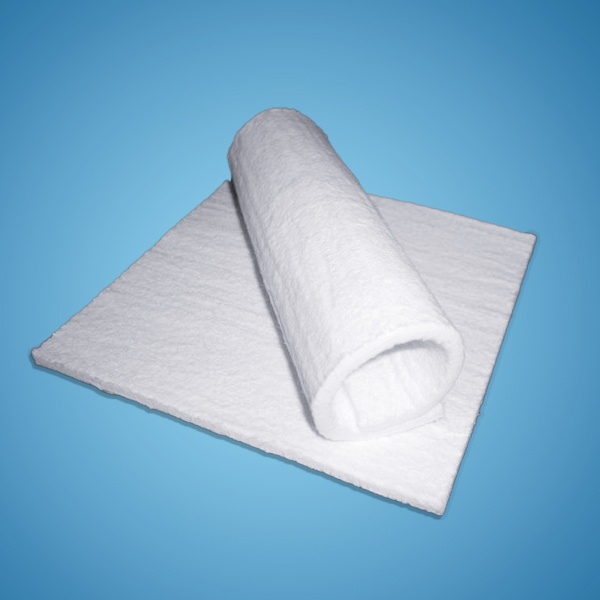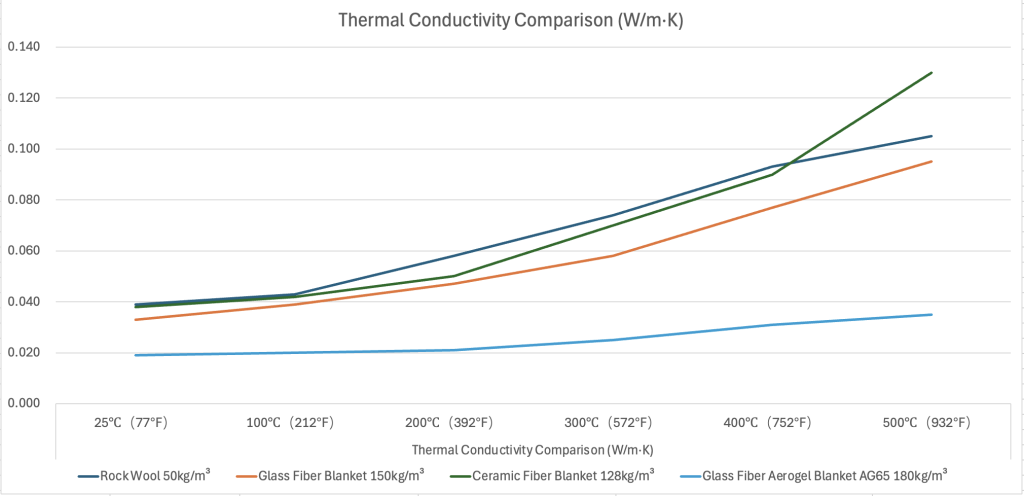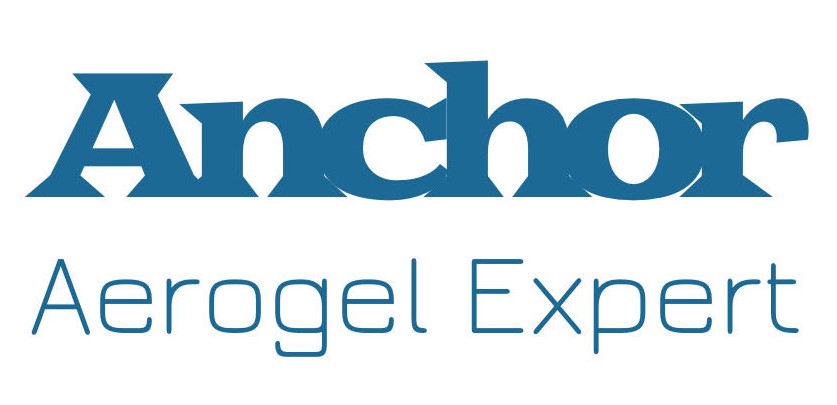Flexible Aerogel Insulation Blanket-AG65

Product Description
AG65-Aerogel blanket is made through a process of sol-gel, immersion, gelation, and supercritical extraction to remove the solvent, forming a 3D porous structure. The aerogel particles are attached to a glass fiber needle-punched felt with a density of 180 kg/m³. It can be produced in rolls or sheets, offering excellent properties such as fire resistance, super insulation, and soundproofing. Its easy cutting and installation features mean you don’t even need specialized tools.
Typical Applications
- Insulation and thermal protection for industrial heat distribution networks.
- Insulation for medium to high-temperature industrial equipment or furnaces.
- Thermal insulation for steam turbines.
- Insulation for pipeline insulation and thermal protection.
- Building insulation
Insulation Principle Introduction
The 3D porous structure of aerogel has voids smaller than the diameter of air molecules, creating a vacuum-like insulation environment. Heat transfer through convection is completely blocked. With a porosity of over 95%, combined with the glass fiber’s ability to withstand temperatures up to 650°C and its flexibility, the aerogel blanket is particularly advantageous for insulating pipes, tanks, and other equipment requiring bending.
Product Advantages
- High operating temperature: Flexible Aerogel Insulation Blanket-AG65 has a maximum long-term operating temperature of 650°C.
- Outstanding insulation performance: With an ultra-low thermal conductivity, Flexible Aerogel Insulation Blanket-AG65 achieves equivalent insulation results while being only one-fourth the thickness of traditional materials.
- Excellent fire resistance: The unique raw materials and production processes of this product provide it with excellent resistance to flame impact.
- Excellent physical strength: Flexible Aerogel Insulation Blanket-AG65 possesses strong structural integrity and exhibits excellent tensile and compressive strength among lightweight insulation materials.
Unique Advantages of Anchor-Tech’s AG65
- Solving the Dusting Issue: While other companies’ aerogel blankets tend to shed dust, our decade-long technical breakthroughs have significantly reduced this problem.
- High Performance at Low Cost: With nearly 20 years of R&D and production experience, our products offer superior performance and stability. Economies of scale allow us to price our products over 30% lower than competitors.
- Expert Advice and Custom Solutions: As pioneers in this field, we have nearly 20 years of industry experience, enabling us to provide the most professional advice and comprehensive insulation solutions. If you have any questions, please don’t hesitate to contact us via the email below.
Thermal Conductivity Comparison (W/m·K)

| Rock Wool 50kg/m³ | Glass Fiber Blanket 150kg/m³ | Ceramic Fiber Blanket 128kg/m³ | Glass Fiber Aerogel Blanket AG65 180kg/m³ | |
| 25℃(77°F) | 0.039 | 0.033 | 0.038 | 0.019 |
| 100℃(212°F) | 0.043 | 0.039 | 0.042 | 0.020 |
| 200℃(392°F) | 0.058 | 0.047 | 0.050 | 0.021 |
| 300℃(572°F) | 0.074 | 0.058 | 0.070 | 0.025 |
| 400℃(752°F) | 0.093 | 0.077 | 0.090 | 0.031 |
| 500℃(932°F) | 0.105 | 0.095 | 0.130 | 0.035 |
Comparison of Thermal Insulation Effect Between Anchor-Tech Aerogel Blanket AG65 and Rock Wool for Pipeline Insulation
| Insulation Material | Rock Wool | 128k Ceramic Fiber Blanket | Aerogel Blanket AG65 |
| Insulation Thickness (mm) | 100 | 100 | 30 |
| Pipe Diameter (mm) | 150 | 150 | 150 |
| Pipe Internal Temperature | 300°C/572°F | 300°C/572°F | 300°C/572°F |
| Cold Surface Temperature | 39°C/102°F | 37°C/98°F | 38°C/100°F |
| Heat Loss (W/m) | 286 | 285 | 170 |
(Environmental Temperature: 25°C, Wind Speed: 0.5m/s)
As can be seen, Anchor-Tech’s Aerogel Blanket AG65 achieves the same thermal insulation effect as Rock Wool and 128k Ceramic Fiber Blanket with only one-third to one-quarter of the thickness (30mm vs. 100mm).
Thermal Conductivity
Temperature(℃) | Thermal Conductivity W/(m*k) |
0 | 0.02 |
100 | 0.024 |
200 | 0.028 |
300 | 0.035 |
400 | 0.045 |
500 | 0.064 |
Product Specifications
Thickness | 3mm, 5mm, 6mm, 10mm or customized |
Width | 1500mm |
Hydrophobicity | 99% |
Applicable temperature | -200~650℃ |
Density | 180kg/m³ |
Chloride ion content | 0.001% |
Thermal conductivity at 25 ℃ | 0.016~0.023W/(m·K) |
FAQ
Temperature Range
Pure aerogel can withstand temperatures up to 1000°C (US standard). However, since our product uses glass fiber felt as the base material, which has a maximum temperature resistance of 650°C (US standard), our glass fiber aerogel blanket has a maximum operating temperature of 650°C.
Installation Method (for Pipe Insulation)
Simply wrap the aerogel blanket around the pipe and secure it with wire. For detailed illustrations, refer to the installation guide for aerogel blanket in pipe insulation.
How is the density
How about the price
Is AG65 suitable for Cold Insulation
Transport Safety
Difference Between Aerogel Blanket and Aerogel Felt
Aerogel felt comes in sheets, while the blanket is in rolls.
Lifespan
Advantages Over Nano Microporous Boards
The glass fiber base provides stronger structural integrity, making it suitable for applications with vibrations. It is also more flexible for curved surfaces like pipes and tanks, whereas nano microporous boards are better suited for flat surfaces. Additionally, our product is 50%-60% cheaper than nano microporous boards.

